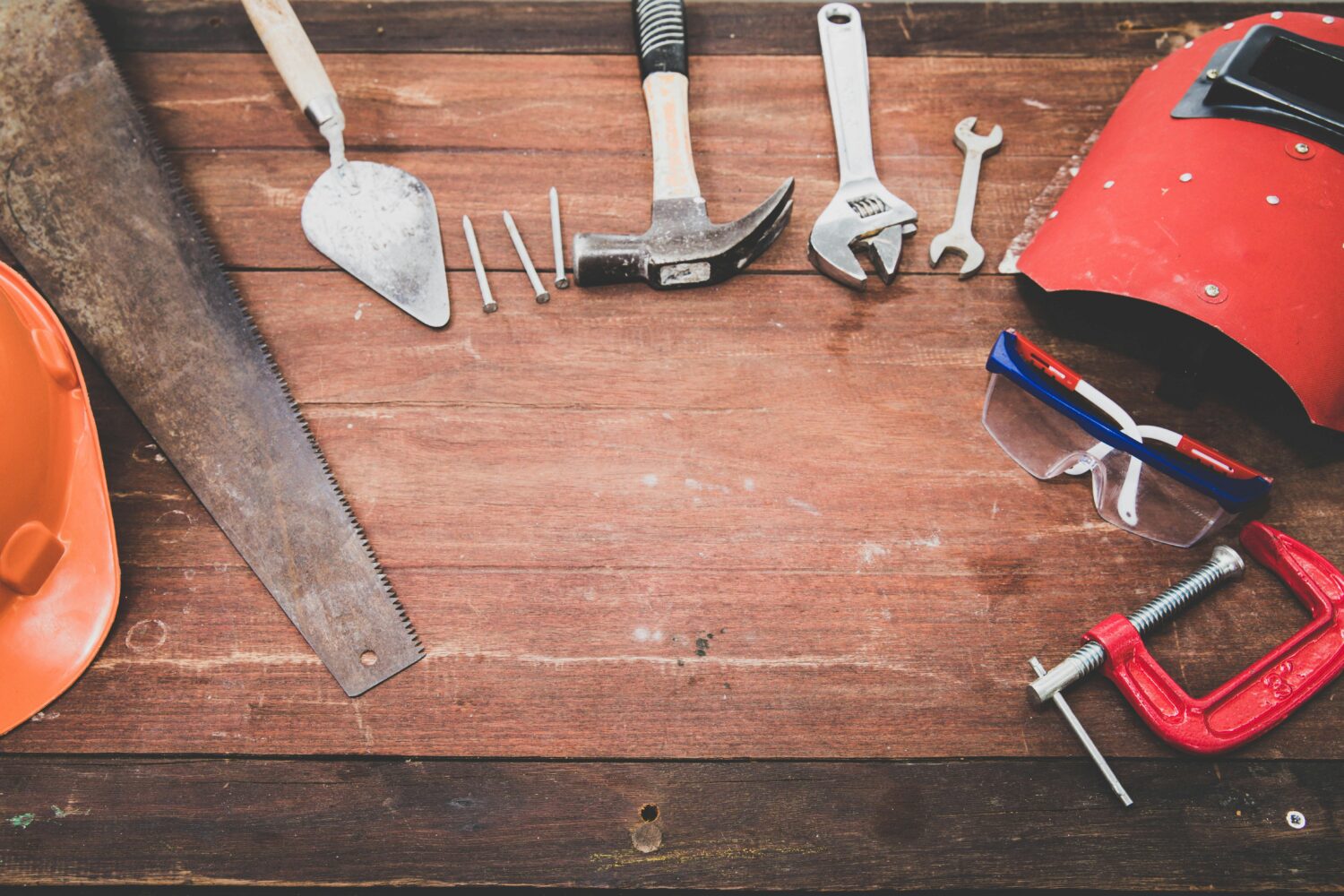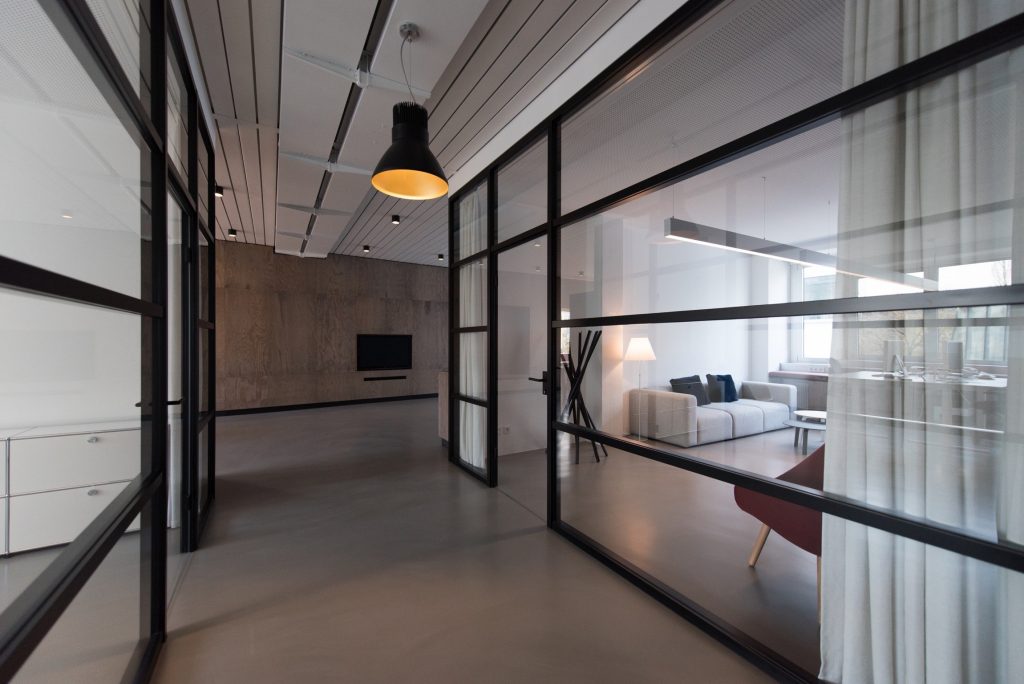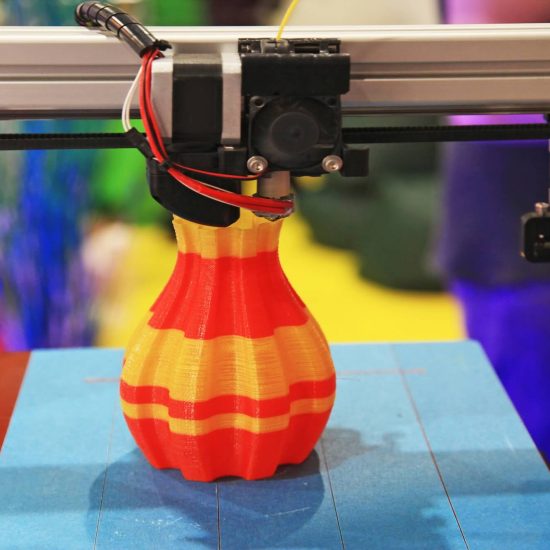1. Choose the right materials
The materials you choose for your exhibition stand can greatly influence its durability. Opt for high-quality materials that are resistant to wear and tear to give your stand the optimal longevity. Materials such as PVC, aluminium and acrylic are durable and lightweight options for the central structure of the stand. For the graphics portion, vinyl or fabric prints tend to be long-lasting and resistant to common printing issues such as fading or warping.
There are also the electronic components such as lighting, sound installations, screens and interactive elements. These can be particularly fragile at all stages of their life – in use, in storage and in transit. When not in use, make sure they are in padded, tough containers that will resist bumps and drops. The last thing you need is to turn up to your next exhibition only to find that a key component isn’t working.
2. Consider design flexibility
Having a modular design can enhance the lifespan of your exhibition stand. A design that allows for interchangeable graphics and layout adjustments will adapt as your brand and messages evolve. This way, you can refresh the look of your stand without having to start from scratch, hence prolonging its life.
Flexibility and modularity also let you rethink your stand’s footprint when you are exhibiting in different places. While most exhibition halls are large, flat and purpose-built, there’s a trend for exhibiting in unusual places, which doesn’t always suit the larger stands. Instead of trying to fit a round peg in a small hole, a slight adjustment to the layout can mean you put your stand under less strain.
3. Opt for proper storage solutions
Storage plays a significant role in maintaining the condition of your exhibition stand. Choose a spacious, dry and secure location to store your stand. Make sure the storage environment is climate-controlled to prevent any heat or moisture-induced damage. Regularly check on the stored stand to ensure it’s free from dust and any damage that may have occurred in the storage process.
If you have a place dedicated to storing your stand that isn’t in competition with your other storage, that’s great – it’s far more likely to get damaged if it’s being crammed and balanced where it’s likely to get damaged.
4. Efficient handling and transportation
Take proper care when dismantling, moving and transporting the stand. Mishandling can result in scratches, dents or broken components which can affect the longevity of the stand. Use protective covers and casing for delicate parts during transportation. Also, ensure that everyone involved in the process is trained on safe handling procedures to prevent costly damages.
Devise a system for erecting and dismantling the stand before and after use. That way, you can be sure that there’s a place for everything and that you don’t leave any components behind. A typical exhibition hall at the end of a major show can be quite a hectic place, with everyone dismantling at once. Having a checklist of things to do and places to put things should ensure that nothing gets left behind or taken by your neighbour.
5. Regular maintenance and cleaning
Prolong the life of your stand by performing regular cleaning and maintenance. Regularly wipe down surfaces to avoid build-up of dust or debris. Check all components like lights, electronic screens bolts and fasteners to make sure they are functioning correctly. At the end of each show, inspect your stand for any damage or wear and tear, so any repairs can be carried out immediately, maintaining the quality of your stand.
Remember – it’s much easier to clean your stand when it’s upright than when it’s packed away. The last thing you should do before dismantling it is to give it a wipe and a clean. If you have materials that show up fingerprints, try packing them away wearing cotton gloves if possible – and ban food and drinks from the site during this critical phase!
6. Exhibiting mindfully
While your stand is on display, be sure to treat it with care. Avoid placing heavy objects on tables or surfaces that are not designed to carry a lot of weight, and use suitable cleaning methods for different surfaces of the stand to prevent damage.
Keep an eye out for any components that do seem to get damaged, such as that plinth that keeps getting kicked or the screen that is placed at backpack height and is always an inch from being scratched. If you can’t remedy such things on the fly, at least take measles to protect them and report it to whoever is in charge of the stand, so they can be fixed for next time. If you’re the one in charge, encourage your team to report such potential issues.
In conclusion
When correctly taken care of, your exhibition stand can be an investment that serves your business for many years. The simple steps listed above can keep your exhibition stand looking polished and professional, and affirm a consistent brand presence at every show. This not only makes a significant difference to your budget but also to the environment by reducing waste.
When we design a stand, we like to think we take all eventualities into account, and will make sure you have a stand that is easy to maintain. It’s all part of the process that hopefully leads to long-lasting, impactful exhibition stands.










































































